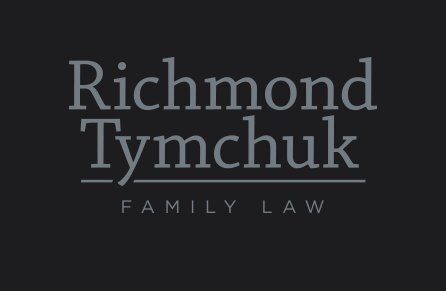Any parent who’s preparing to separate from their spouse is usually most anxious about what will happen to their children.
If you and your partner have decided to part ways but you’re unsure of what that means for your children, this post will help you to understand the different types of custody agreements in Alberta (Canada) and the best way your family can move forward.
What Exactly is “Child Custody”?
Child custody is a legal term related to guardianship. It’s used to describe both the legal and practical relationship between a parent/guardian and a child.
Child custody is based on legal custody – the right to make important decisions about a child, and physical custody –the right, and duty, to provide a home and manage the daily care of the child.
The division of legal custody and physical custody do not necessarily need to be the same:
Legal custody involves the division of rights between parents to make important life decisions relating to the child (for example, the child’s school and healthcare). Whereas physical custody determines where the child should live and the government of their day-to-day decisions like daily meals and clothing. A parent could have 50/50 legal custody but only physical custody 10% of the time.
Child Custody Laws in Alberta
In Alberta (Canada), both parents have equal rights of custody to any and all children. The two main laws that could impact the child custody solution for your children are The Divorce Act and The Family Law Act. However, only The Family Law Act is relevant if you and your partner are unmarried.
| Law | Married | Unmarried |
| The Family Law Act: • Child Support • Contact/Access • Guardianship • Parenting |
||
| The Divorce Act: • Divorce • Custody/Access • Child support • Spousal support |
Thankfully, Canadian law is on your children’s side when it comes to child custody solutions. It prioritizes one thing: your child(ren)’s best interests. A child’s best interests are determined by factors such as:
- The parenting ability of each guardian, both emotionally and financially
- Each parent’s schedule
- The child’s preferences (if the child is mature enough to express them)
- The parent-child relationships (i.e. who is closest to the child?)
- Who the primary caregiver has been historically (stay-at-home mums tend to be favoured, for example)
What Are the Different Types of Child Custody in Alberta?
There are four main types of child custody solutions in Alberta (and Canada, in general):
1. Sole Custody
Sole custody, also known as “full custody” means that a parent is responsible for making all of the decisions that impact their child. This means that one parent is responsible for the day-to-day decisions as well as the major decisions that impact the child. However, the parent without custody usually has some level of access to the child.
Did you know that sole custody is the least common child custody type in Alberta, Canada?
Sole custody is most likely to be awarded if the other parent has shown little interest in their child, or has a history of physical abuse, substance abuse, mental illness, or any other behaviour that could be detrimental to the mental, physical and emotional health of the child.
2. Shared Custody
Shared custody, also known as “joint physical custody” is when each parent has shared custody of the children and spends at least 40% of their time with the child.
3. Joint Custody
Joint custody, also known as “joint legal custody” grants both parents the ability to make important decisions on behalf of their child. In the case that parents disagree on what’s best for their child, they can work with a neutral third party like a mediator or parenting coordinator who has the authority to make a decision for them.
Due to this type of custody agreement requiring the cooperation of both parents, it is awarded to parents who are able to work together and make decisions in the best interests of the child
Did you know that the joint custody arrangement is the most common child custody type in Alberta, Canada?
Though parents might have joint legal custody, the living arrangements of the child vary greatly.
4. Split Custody
Split custody means that one parent has custody of some of the children, while the other parent has the remaining children. This type of custody agreement is more common when the child is older and is able to express a preference for living with one of the parents. Generally speaking, courts prefer to keep children together wherever possible.
How to Agree on a Child Custody Solution Without Going to Court
Going through the Canadian courts to find the best child custody solution will likely take an emotional and financial toll on any family, here are some alternatives:
- Work with a family mediator – A mediator helps to guide the parties through their negotiation with the goal of them coming to an agreement together. During the mediation process, nobody can be forced into a decision and both sides need to agree together before any decision gets finalized.
- Hire a family lawyer – A family lawyer will help you to ensure that you’re making the right decisions on child support, custody, spousal support, division of property, and other family law issues.
- Hire a therapist or counselor – A professional who specializes in the ramifications of separation or divorce can help you and your spouse can also help you to reach an agreement.
At Richmond Tymchuk Family Law LLP, your family’s best interests are always our best interests. Keep your children and your assets safe by working with the best family lawyers through your divorce mediation, arbitration, litigation, or settlement.


